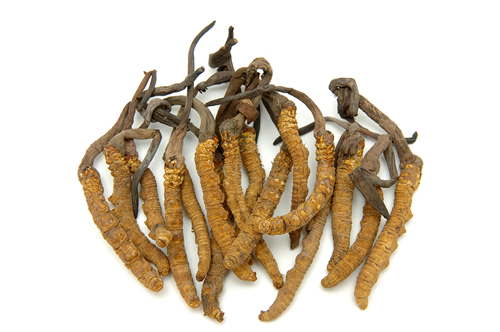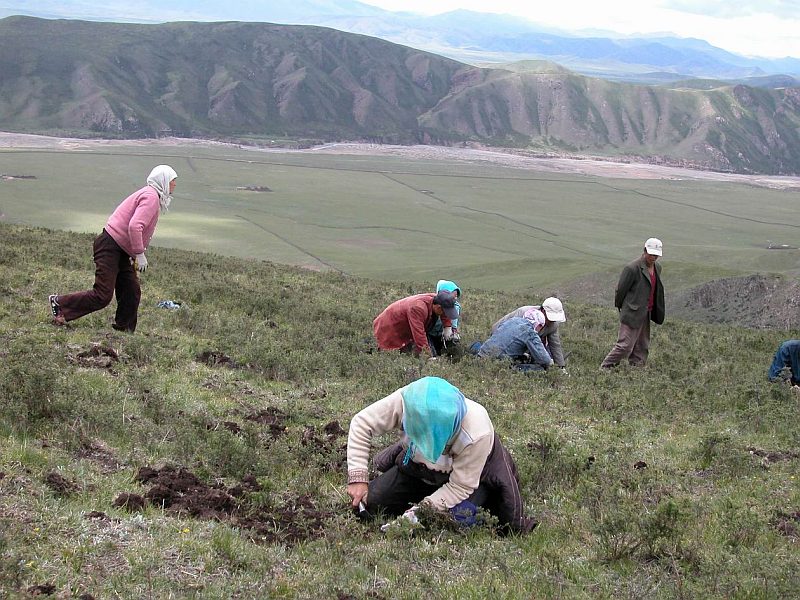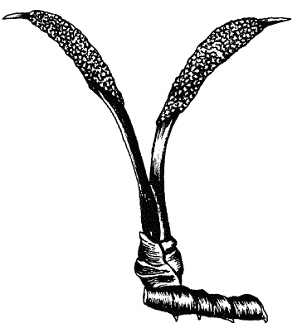 Cordyceps
sinensis 冬
虫 夏
草 Dōnɡ
chónɡ xià cǎo Caterpillar
fungus
Cordyceps
sinensis 冬
虫 夏
草 Dōnɡ
chónɡ xià cǎo Caterpillar
fungus
This product is one of the strangest of all herbs. It is formed originally from a fungus, infecting and growing through the head of an underground caterpillar. The caterpillar moves to just below the surface and the fungus sprouts through the surface of the ground. The end result is a half fungus, and half caterpillar. The authentic cordyceps gathered in the mountains is extremely valuable.
The best quality of Cordyceps is harvested from regions in China, Bhutan and Tibet, in high areas about 4-5 thousand meters above sea level. Dong chong xia cao often retails for around $20,000 American dollars/kg (2015).
PART USED: Caterpillar with fungus
FUNCTIONS
GROUP: Replenishing Yang
1. Tone up Lung, benefit Kidney.[1,2]
2. Stop bleeding, and eliminate phlegm.[2]
INDICATIONS
1. Shortness of breath, asthma, cough, weak loins and legs.[1]
2. Fatigue, cough, hyposexuality, asthenia after severe illness, renal dysfunction, and renal failure.[3]
PREPARATIONS: 3-9 g.[1]



